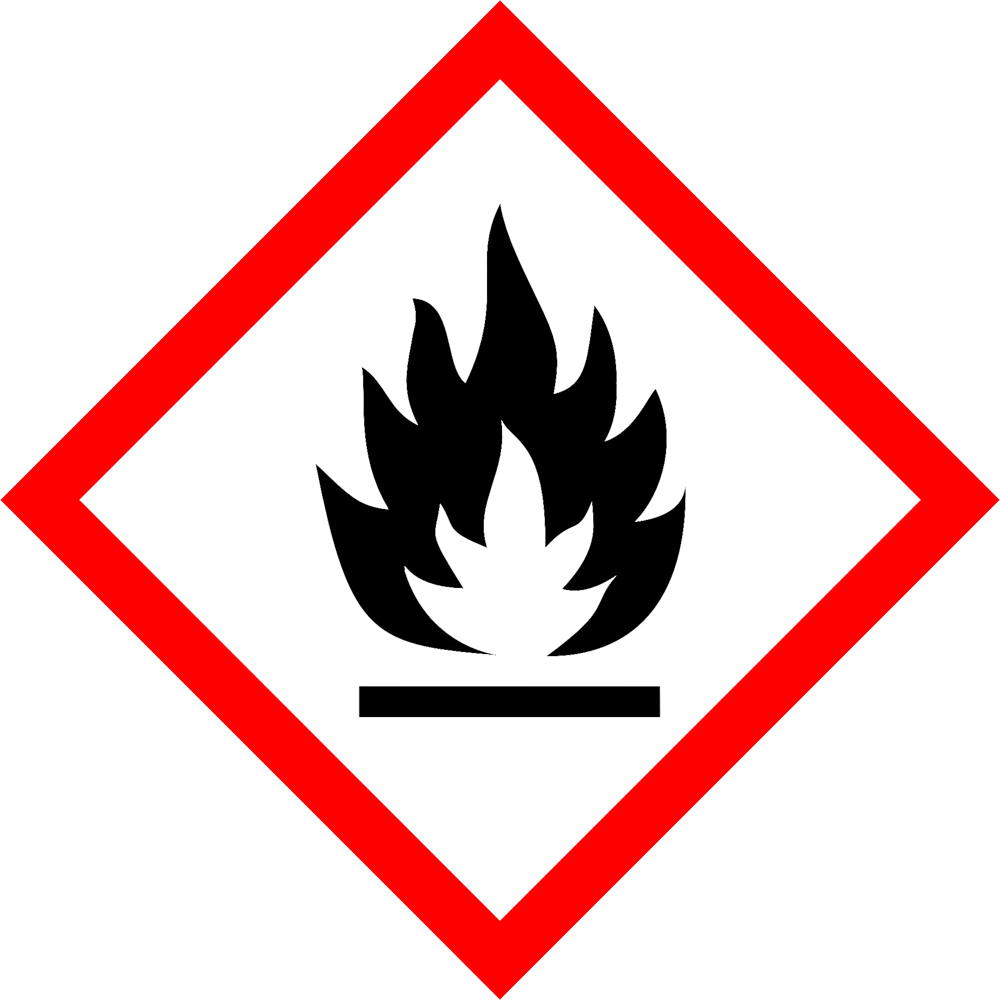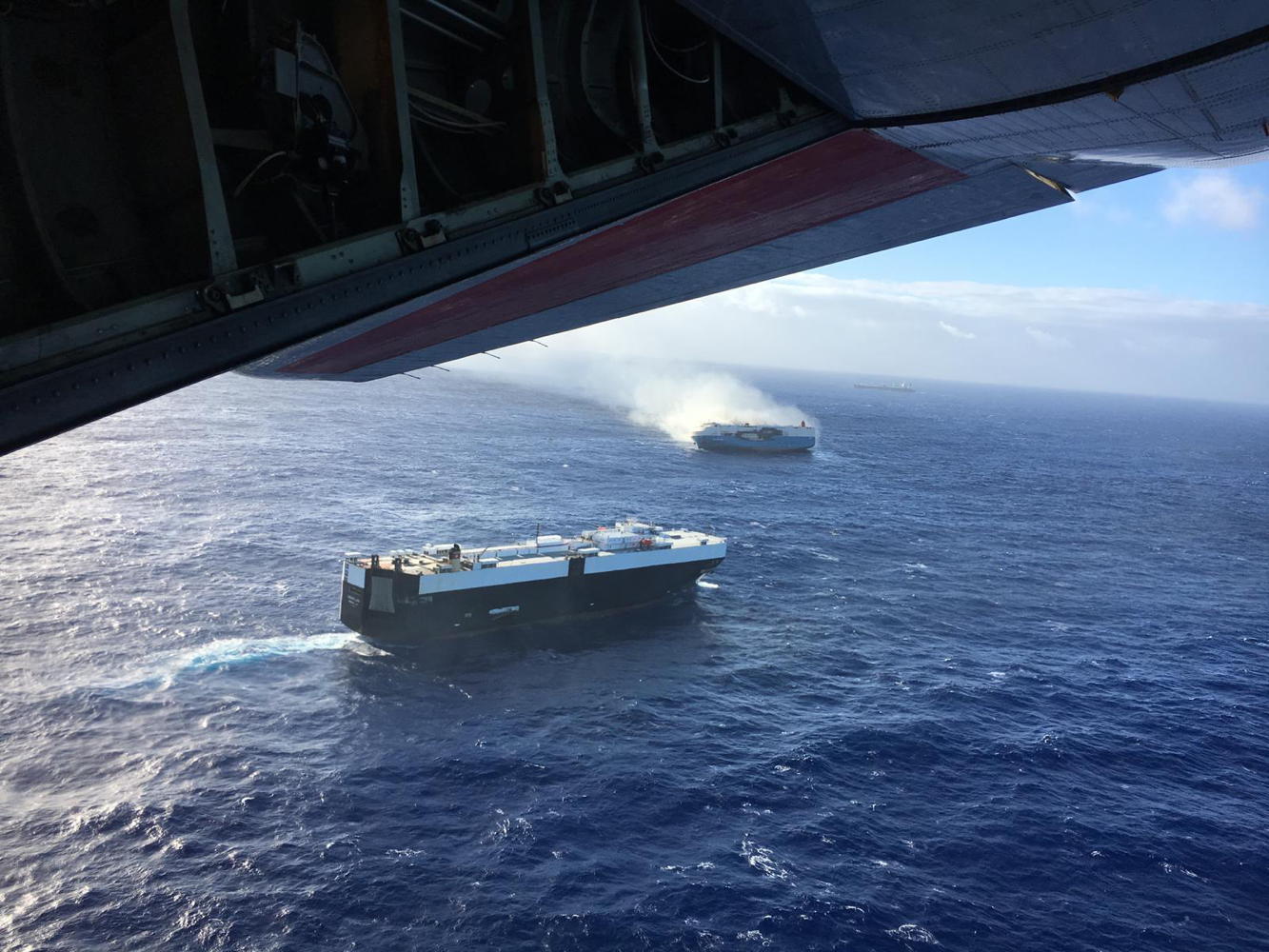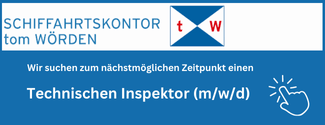Despite progressive development in ship technology, fires on board vessels repeatedly cause damages. Numerous initiatives and experts demand and promote counter measures
GARD
Insurance group Gard organized a conference with different industry stakeholders, authorities and experts to address the growing[ds_preview] concern with devastating fires aboard container ships in late 2019. Efforts to stem the mis-declaration of dangerous cargo are essential and encouraged but that is only one facet of the solution, Gard said, adding that there is a profound need to bring fire detection and fire-fighting on-board ships higher up on the safety agenda of regulators and the industry at large.
According to Gard on average there has been a fire onboard a ship weekly during the first half of 2019, not including »near misses«. The increasing volumes carried on-board ever larger ships increase the odds of having on board the single container with dangerous goods that may ignite, combust or explode. And, once a fire is started, the damage potential and fire-fighting challenges are much greater.
Gard gathered representatives from carriers, ship owners, charterers, insurers, flag states, fire experts, salvors and industry organizations. There was broad consensus that the root cause of the fires is hazardous cargo: 10-12% of containerized cargo falls into the category of hazardous- or »regulated cargoes«.
Shippers’ mis-declaration of such cargo was described as »probably the single biggest problem« which needs to be tackled. However, in Gard’s view, the problem is wider than that – many container ship fires were said to have arisen out of other causes such as error in packing and securing of cargo as well as various manufacturing defects: »In our experience, several container ship fires have been caused by self-heating, combustion or explosion of dangerous cargoes that have been properly declared and properly packed. The combustible nature of the cargo is an important risk factor in and by itself«.
Root causes originating from the supply chain and trade mechanisms need to be addressed. Studies conducted both in Europe and the US that have focused on accuracy of information concerning shipments of dangerous goods in containers reveal alarming statistics. The risk is endemic and real despite efforts by liner operators to improve their routines.
To further discourage rogue shipments, authorities could do more to prosecute offenders, attendees agreed. The IMO urges governments to implement inspection programs, »yet few seem to have acted on this so far«, Gard states, adding that it is »questionable« whether any such programs would extend to cargo not seemingly dangerous as per the declarations.
In an ideal world a shipper’s mis-declared cargo would not get through the container line’s booking checks. However, even if one container line’s diligent dangerous goods booking team rejects a booking, it remains open to the shipper of that cargo to try another container line. Given all these supply chain challenges and the volume of shipments, the reality today is that unsafe shipments will slip through even the tightest prevention net. »It therefore becomes necessary for shipping companies to further enhance focus on what they can control – the ship and crew«, the experts said.
The larger ships may have container stacks up to 30m high, so many containers will be out of reach to crew with fire hoses. The current SOLAS requirements are largely the same as for other cargo vessels, with some minor additional requirements for container vessels constructed after 1 January 2016.
The fire safety objectives of SOLAS are to prevent fires and explosions as well as contain fires in compartment of origin. It was emphasized that these objectives are not met onboard the ships of today. There would be no viable solution to address the risk without revised IMO regulations (SOLAS). However, classification societies also stressed that not many ship operators had taken up more comprehensive measures contained in additional Class Notations.
CONTAINER SHIP SAFETY FORUM
In December, the Container Ship Safety Forum (CSSF) – representing 40% of the TEU capacity of the global container ship fleet – focused on firefighting and safe access to cargo areas on container vessels at its meeting in Copenhagen. Delegates discussed how to build capacity for safety and shared their experiences to enable industry wide learning.
Several members have spent the last months on identifying improvement opportunities for firefighting on board their ships. One member used its recent learnings from a cargo fire to manufacture »quick and easy to use fire nozzle holders« and presented same to the forum following the idea: hands freed from boundary cooling can be used on board for other firefighting measures.
Different equipment has been tested by several member companies, results were shared, and an innovative solution shown during an offsite demonstration, it was announced by the CSSF.
Another member presented an elaborately produced training video asking for comments and suggestions. The insightful final version will be made available to all CSSF members. There was consensus on the importance of onboard emergency preparedness training and drills.
Depending on the vessel type, different risks exist when accessing the cargo area. Unsafe catwalks, lashing bridges, handrails, and ladders but also inappropriate PPE and unsafe operations repeatedly cause personal accidents that also involve external parties. CSSF members aim to continuously improve these areas and to engage with other industry bodies on the subject – e.g. terminal operators or organizations representing them in safety questions.
LASH FIRE
It was in November when project partners from 13 EU Member States announced their plan to investigate cost-efficient measures to mitigate the risk from RoRo space fires. The project LASH FIRE (Legislative Assessment for Safety Hazards of Fire and Innovations in Ro-ro ship Environment) aims to develop maritime fire safety solutions with innovative technologies, operations and applications. The consortium is coordinated by RISE Research Institutes of Sweden and comprises 26 partners from 13 Member States of the European Union, including industry partners, research institutes, universities, regulatory bodies, trade associations and experts in communication and external relations. LASH FIRE intends to provide a basis for the revision of international maritime regulations and gives »European industry knowledge to build safer and more competitive ships for sustainable transport«. The European Commission, via its research and innovation programme Horizon 2020, invests 12.2mill. € in the project over 4 years, starting in September 2019.
In the decade between 2006 and 2015, 32 serious RoRo space fires on RoPax ships occured. Fire incidents on RoRo ships have serious consequences for crew and passengers, as well as for the ship and its cargo. A large number of significant RoRo ship fires in recent years, and lacking signs of such diminishing, call for better prevention and management of fires, the partners think. The consortium aims to develop and demonstrate new procedures and technical innovations, accounting for current and future challenges. The objectives and technical content of the project are based on critical aspects pointed out by a European group of experts assembled by the European Maritime Safety Agency, the ongoing reformation of international regulations within the International Maritime Organization (IMO), and on significant experience collected from ship operators. It is planned to use new and advancing technologies and procedures, which will be assessed for feasibility, performance validation and demonstration with help of the involved ship operators and yards.
The risk reduction provided by the developed solutions will be balanced against effects on the environment, cost and crew operations to ensure that the fire protection of RoRo ships is robustly enhanced from a sustainable, practical and long-term perspective. The ultimate goal is to »significantly reduce the occurrence of fires on RoPax ships, general RoRo cargo ships and PCTCs. »We will increase the proportion of fires detected and controlled at an early stage, and we will improve the independent fire management capabilities on board. This will reduce the significant cost of these fires to society, not least the number of fatalities which is expected to be reduced to about half«, it was announced. Solutions developed in the project shall lead to regulatory proposals, assessed and validated according to the IMO Formal Safety Assessment methodology.
CINS
In November, a new safety guidance for the stowage of classified dangerous goods on board containerships was published by the Cargo Incident Notification System (CINS): »Safety Considerations for Ship Operators Related to Risk-Based Stowage of Dangerous Goods on Containerships«. The guidance has been prepared by CINS, the international container shipping line organisation, established with the remit of increasing safety in the supply chain, reducing the number of cargo incidents on-board ships and highlighting the risks caused both by certain cargoes and by packing failures. »These industry-developed safety considerations represent the first in a series of initiatives – undertaken both by ship operators and by regulators – aimed at enhancing safety on board container ships«, it was said. The publication has been created in response to a number of serious fire incidents in recent years, often caused by deficiencies in cargo declaration and cargo packing. It is said to both recognise – and also take into account – the significant complexities involved in achieving effective and compliant stowage of containers on board ships. Prepared by a work group comprising CINS shipping line members, together with representatives of classification societies and insurance organisations, these safety considerations are intended to be used by ship operators, cargo carriers, and port personnel. They provide a risk-based dangerous goods stowage strategy, applying to all sizes of containerships.
These new safety considerations complement – but do not replace – the existing measures already developed and implemented by ship operators for the carriage of properly declared dangerous goods.
A couple of weeks earlier, a survey of 500 containers by the US-based National Cargo Bureau (NCB) has found problems in 55% of containers. Inspections discovered that a large number of containers had misdeclared and/or improperly packaged cargo. NCB had offered to undertake free inspections of a sample of containers for CINS members. According to the survey, 55% of the containers failed with one or more deficiencies; 49% of the import containers containing dangerous goods failed; and 38% of containers with dangerous goods exports failed. Problems related to the secure stowage, placarding or mis-declaration.



















